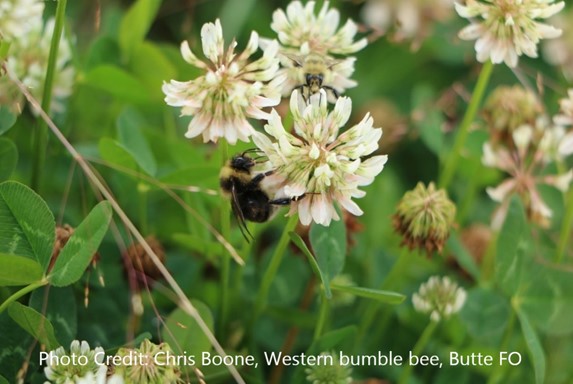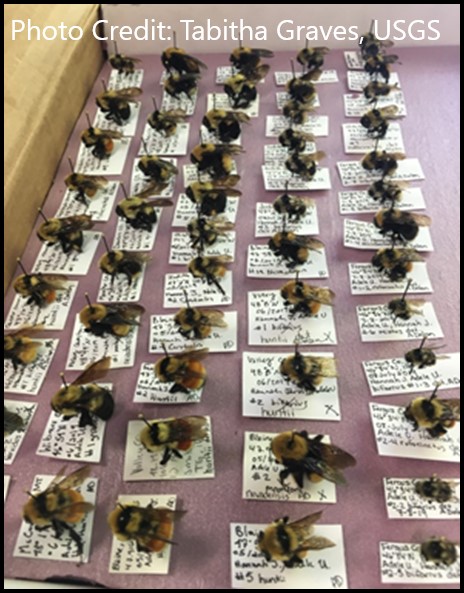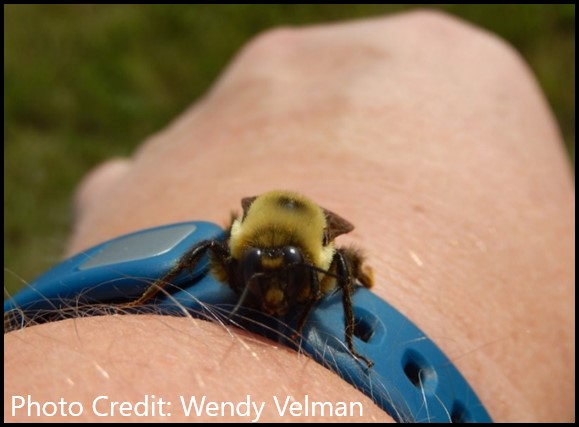Related Stories
- Monument map earns ‘finalist’ honors in global GIS awards
- BLM Fire and National Conservation Lands managers collaborate to meet shared goals
- Building for birds: Scouts support public lands
- Partnership drives ongoing habitat restoration in Muddy Creek watershed
- Recreation for all: Accessibility on Montana-Dakotas public lands



 expanding this into our multiple use principles and forwarding our efforts of habitat and species conservation, upward population trends and avoiding the need for listing under ESA. Working cooperatively and sharing our resources results in cost-savings and efficiencies for both the BLM and USGS and other cooperators interested in the conservation of pollinators.
expanding this into our multiple use principles and forwarding our efforts of habitat and species conservation, upward population trends and avoiding the need for listing under ESA. Working cooperatively and sharing our resources results in cost-savings and efficiencies for both the BLM and USGS and other cooperators interested in the conservation of pollinators.